
Childs Skull Xray Image Image & Photo Bigstock
A skull X-ray is typically done after a traumatic head injury. The X-ray allows your doctor to inspect any damage from the injury. Other reasons you may undergo a skull X-ray include.
Xray of baby’s head r/interestingasfuck
Patient Positioning for Skull Radiography. Patients can be imaged either erect or recumbent. In the erect position, a standard X-ray table and upright Bucky are used. This allows easy and quick positioning and use of a horizontal beam, which is necessary to demonstrate any air-fluid levels in the cranium or sinuses.

The Infant Skull A Vault of Information RadioGraphics
While somewhat gnarly, sure, but it's still rather fascinating to see what it looks like as permanent teeth form within the skull before pushing out baby teeth. Below, a time-lapse video of permanent teeth growing in:
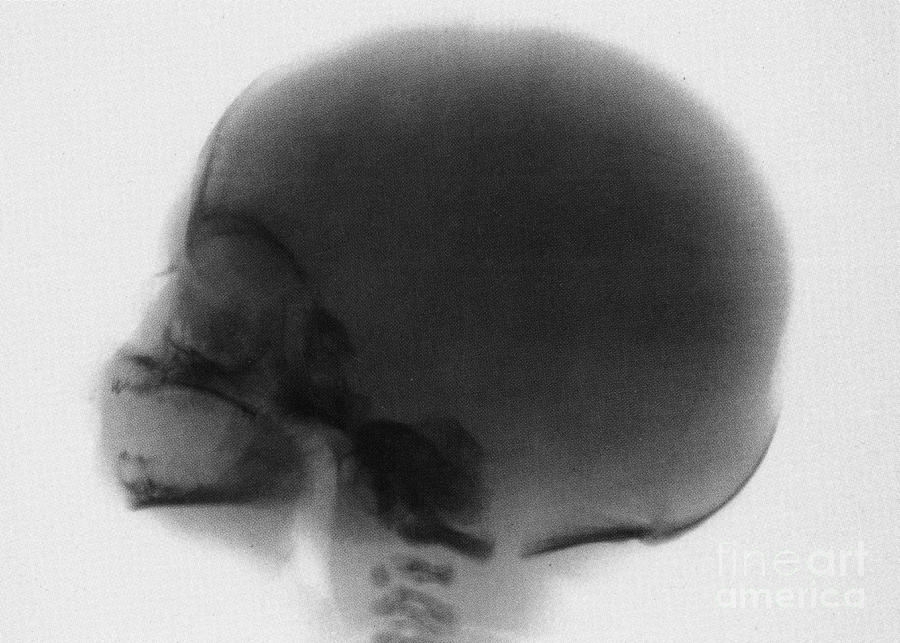
Infant Skull Xray Photograph by Photo Researchers Pixels
X-rays use a small amount of radiation beams to make images. Standard X-rays are done for many reasons. They are done to diagnose tumors, infection, foreign bodies, or bone injuries. X-ray beams pass through body tissues onto treated plates. The more solid a structure is, the whiter it appears on the film.

Lateral skull xray in a 4 month old male. The skull is scaphocephalic... Download Scientific
Definition. A skull x-ray is a picture of the bones surrounding the brain, including the facial bones, the nose, and the sinuses.. Alternative Names. X-ray - head; X-ray - skull; Skull radiography; Head x-ray. How the Test is Performed. You lie on the x-ray table or sit in a chair.

how do they xray babies head Misha Cowart
Bickle I, Normal lateral skull radiograph - pediatric. Case study, Radiopaedia.org (Accessed on 10 Jan 2024) https://doi.org/10.53347/rID-46692

X Ray Della Vista Laterale Del Cranio Umano Del Bambino Fotografia Stock Immagine di umano
Newborn baby skull x-ray teeth can detect dental problems that may not be visible to the naked eye. For example, they can identify tooth decay, cavities, and other abnormalities in your baby's mouth that may require treatment. Early detection is key in preventing future oral health issues. By catching dental problems early on, you can take.
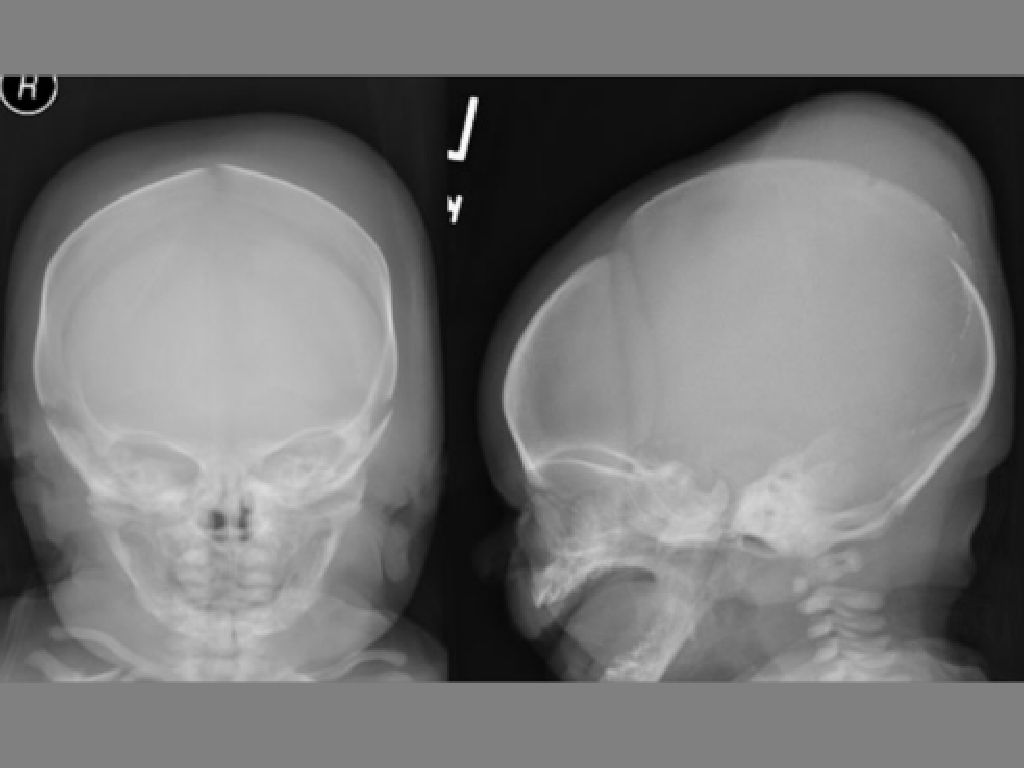
EPOS™
Aim: To determine optimal exposure parameters when performing digital skull radiographs in infants with suspected non-accidental injury (NAI). Method: Anteroposterior and lateral post-mortem skull radiographs of six consecutive infants with suspected NAI were made at six exposure levels for each projection. Entrance surface doses ranged from 75-351 microGy.

Skull Fracture in an Infant Not Visible with Computed Tomography The Journal of Pediatrics
A skull X-ray works by allowing your doctor to see the bones of the skull and other tissues or foreign objects inside your head. Each part of your body absorbs different amounts of radiation.
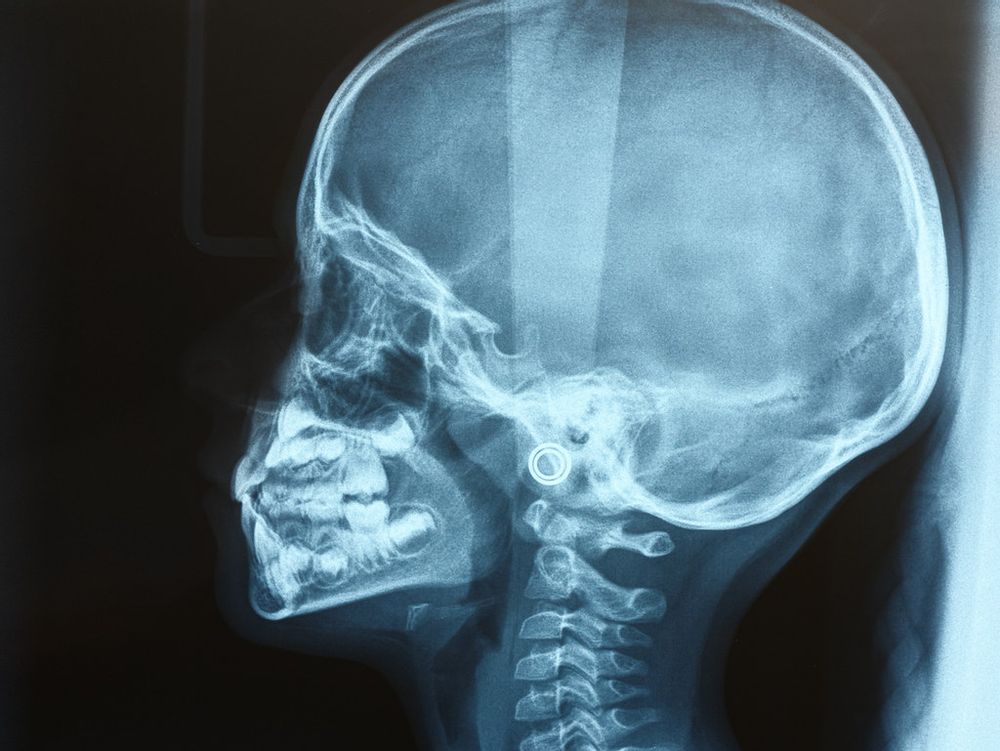
A Baby Xray What To Expect And How To Prepare Kidadl
A skull X-ray is a series of pictures of the bones of the skull. Skull X-rays have largely been replaced by computed tomography (CT) scans. A skull X-ray may help find head injuries, bone fractures, or abnormal growths or changes in bone structure or size. The bones of the skull are normal in size and appearance.
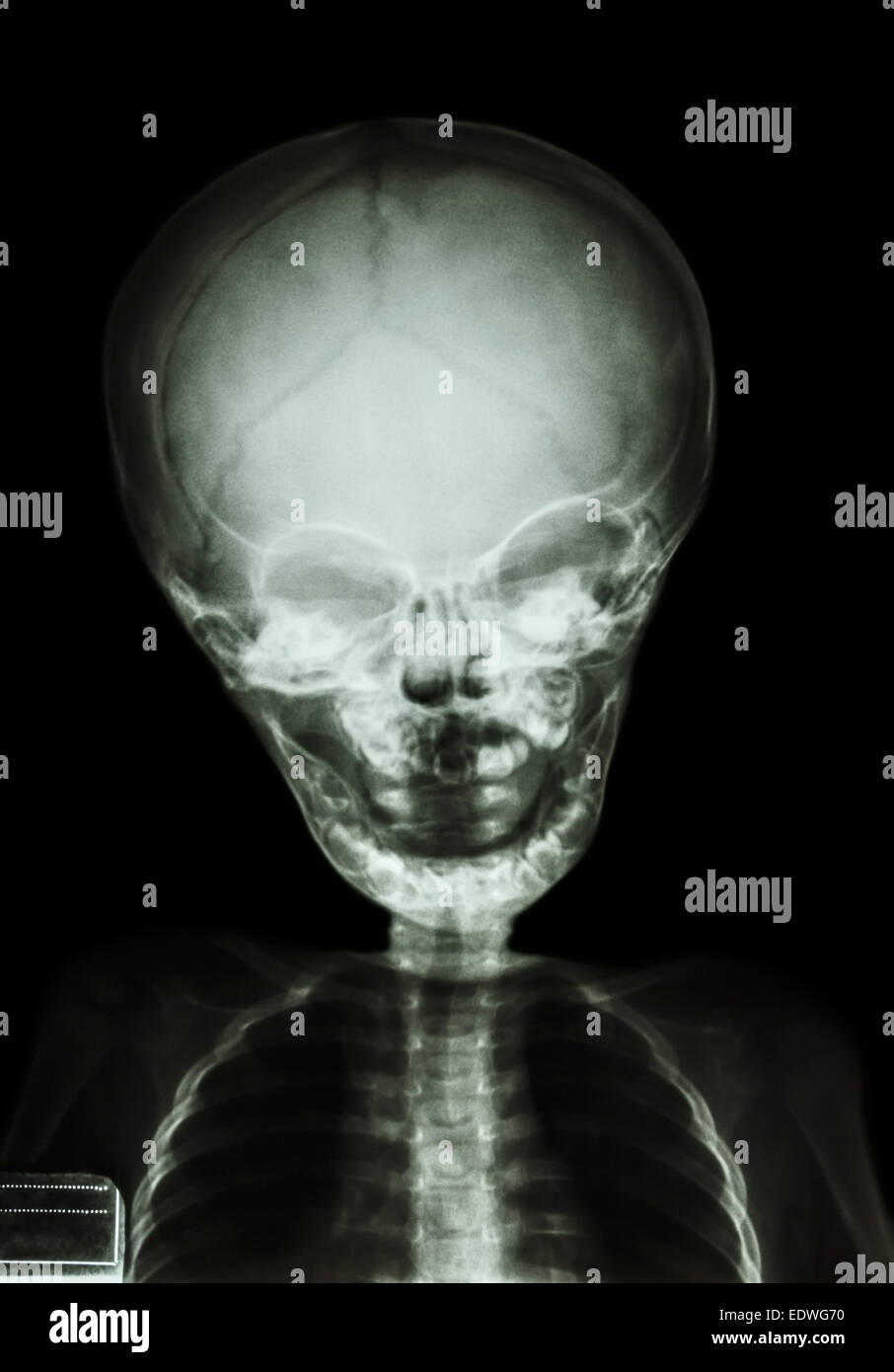
Infant skull hires stock photography and images Alamy
Scoliosis films: PA thoracolumbar spines from iliac crests to cervical spine. Lateral erect if requested. Side bending if requested. Extremities: • Hand, foot, ankle: AP or PA, oblique, lateral. • Evaluation of Congenital Anomaly (Clubfoot) (Newborn or older child) • Standard AP and LATERAL views of both feet. • Supplemental standing views -AP and LATERAL

A MonthOld Infant Misdiagnosed with Child Abuse
X-rays use invisible electromagnetic energy beams to make images of the skull. Standard X-rays are done for many reasons, including diagnosing tumors, infection, foreign bodies, or bone injuries. X-rays use external radiation to produce images of the body, its organs, and other internal structures to diagnose a problem.

The Infant Skull A Vault of Information RadioGraphics
Skull radiography is the radiological investigation of the skull vault and associated bony structures. Seldom requested in modern medicine, plain radiography of the skull is often the last resort in trauma imaging in the absence of a CT.

Lateral skull xray ofan 1I month old baby who allegedly fell offa... Download Scientific Diagram
But a baby x-ray is a quick and painless way to obtain important imaging of your infant's body. While radiation exposure is a part of x-ray technology, an occasional x-ray is deemed safe for babies. This helpful tool can quickly determine the cause of sickness, injury or pain, which can outweigh any risks related to the procedure.
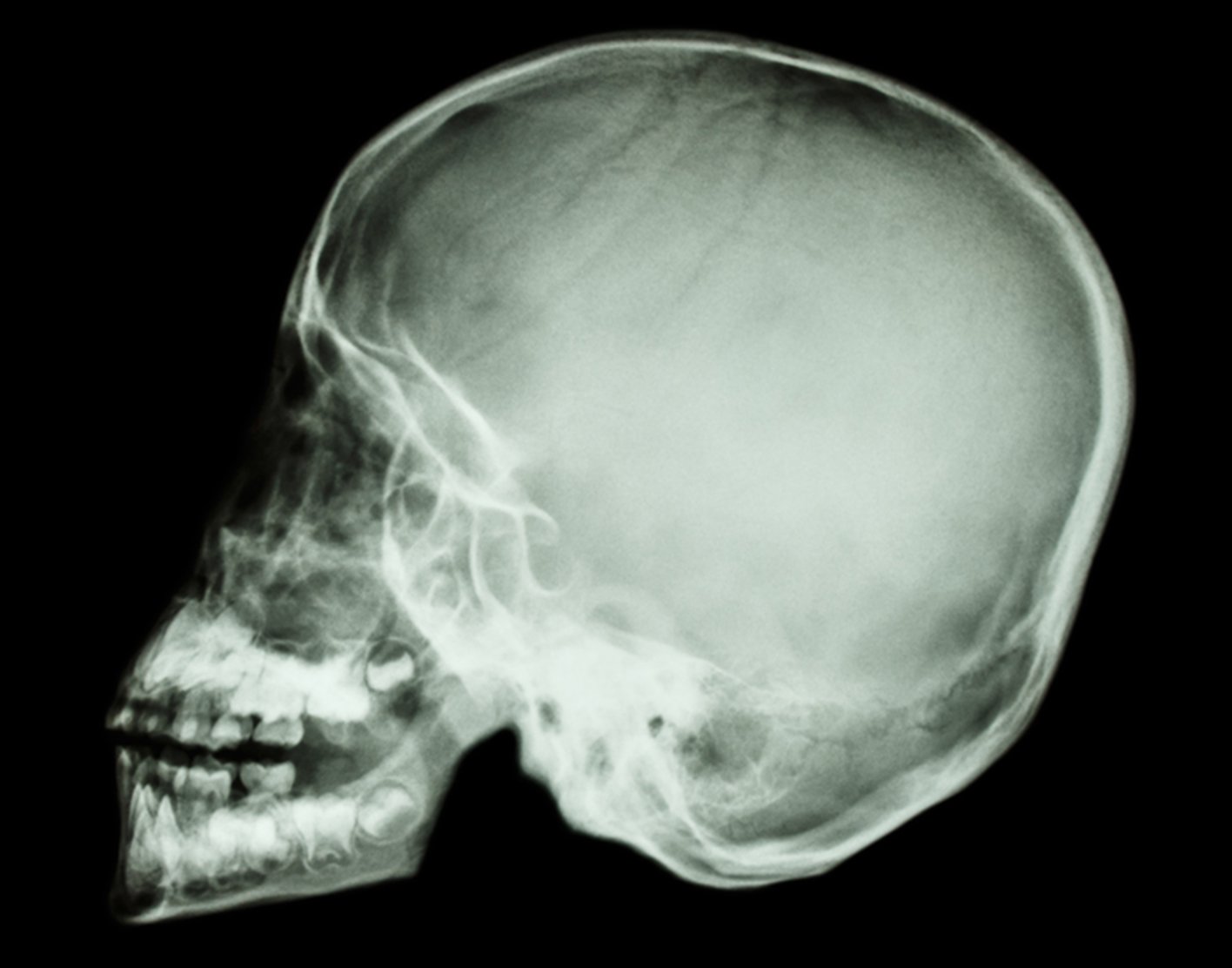
Skull xray
Bickle I, Normal AP skull radiograph - pediatric. Case study, Radiopaedia.org (Accessed on 13 Dec 2023) https://doi.org/10.53347/rID-46691

The Infant Skull A Vault of Information RadioGraphics
Sinus infection ( sinusitis) Sometimes skull x-rays are used to screen for foreign bodies that may interfere with other tests, such as an MRI scan. A CT scan of the head is usually preferred to a skull x-ray to evaluate most head injuries or brain disorders. Skull x-rays are rarely used as the main test to diagnose such conditions.